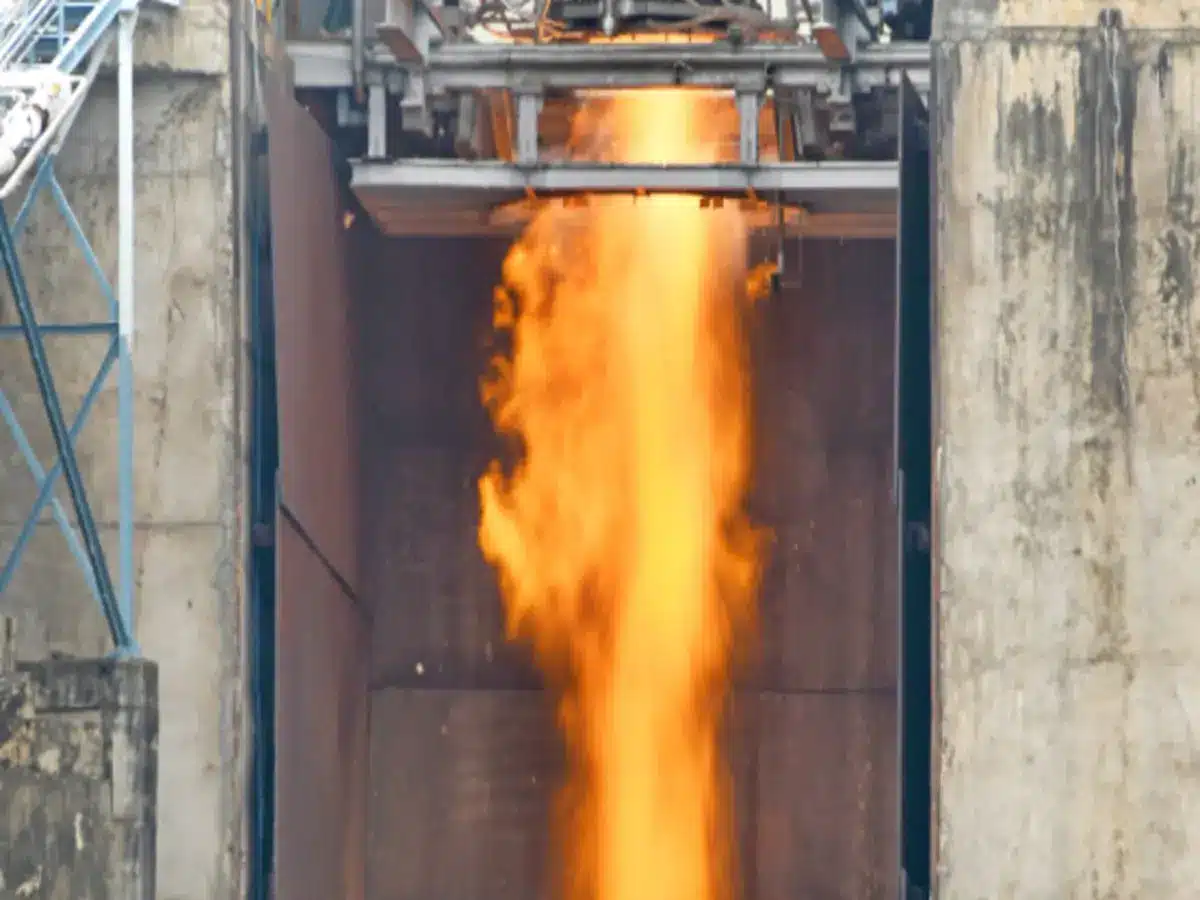Milestone Achieved: India’s CE20 Cryogenic Engine Test

India’s space exploration efforts have taken a significant leap forward with the successful vacuum ignition test of the CE20 cryogenic engine. Conducted on February 7 at the Indian Space Research Organisation’s (ISRO) Propulsion Complex in Mahendragiri, Tamil Nadu, this test marks a crucial milestone in the development of India’s space technology. The CE20 engine is designed for the upper stage of the LVM-3 rocket and plays a vital role in future ISRO missions, including the ambitious human spaceflight program, Gaganyaan. This article delves into the details of the test, its implications for future missions, and the innovative technologies being explored by ISRO.
Engine Restart Capabilities Under Evaluation
The recent vacuum test focused on assessing the ignition process of the CE20 engine’s thrust chamber. ISRO utilized a multi-element igniter while maintaining the necessary tank pressure for engine restart. This test is particularly important as it simulates the conditions the engine will face in space. The CE20 engine, developed by ISRO’s Liquid Propulsion Systems Centre (LPSC), has already demonstrated impressive thrust levels ranging from 19 to 22 tonnes with a single-start capability.
The latest trials aim to enable multiple restarts of the engine, a feature that significantly enhances mission flexibility. Multiple restarts are essential for various mission profiles, allowing for adjustments and corrections during flight. This capability is especially crucial for complex missions that require precise maneuvering in space. The successful evaluation of the engine’s restart capabilities under vacuum conditions is a promising step toward ensuring operational reliability for future missions.
Alternative Turbopump Initiation Under Consideration
ISRO is also exploring innovative approaches to improve the efficiency of the CE20 engine. One such approach is the potential use of a bootstrap mode for turbopump initiation. This method would replace the conventional stored gas systems currently in use. If successful, this new initiation method could enhance the engine’s restart efficiency, making it more reliable for future missions.
Previous ground-based trials of the CE20 engine have laid the groundwork for this latest vacuum test. Each trial has provided valuable data and insights, contributing to the engine’s development. The exploration of alternative turbopump initiation methods reflects ISRO’s commitment to advancing its technology and ensuring that its engines are equipped for the challenges of space travel. The successful implementation of these innovations could lead to significant improvements in the overall performance of the CE20 engine.
Significance for the Gaganyaan Mission
The CE20 engine’s successful testing is particularly significant for India’s upcoming human spaceflight mission, Gaganyaan. With the engine now cleared for use in this mission, the recent tests are crucial for validating its performance under real space conditions. ISRO has reported that both the engine and the testing facility performed as expected during the trial, reinforcing confidence in the system’s reliability.
The Gaganyaan mission aims to send Indian astronauts into space, marking a historic moment for the country. The successful development and testing of the CE20 engine are vital components of this ambitious project. As ISRO prepares for Gaganyaan, the agency’s focus on rigorous testing and validation of its technologies ensures that the mission will be conducted safely and successfully. The CE20 engine’s performance will play a pivotal role in the mission’s success, making these tests a critical step in India’s journey toward human space exploration.
Observer Voice is the one stop site for National, International news, Sports, Editor’s Choice, Art/culture contents, Quotes and much more. We also cover historical contents. Historical contents includes World History, Indian History, and what happened today. The website also covers Entertainment across the India and World.

